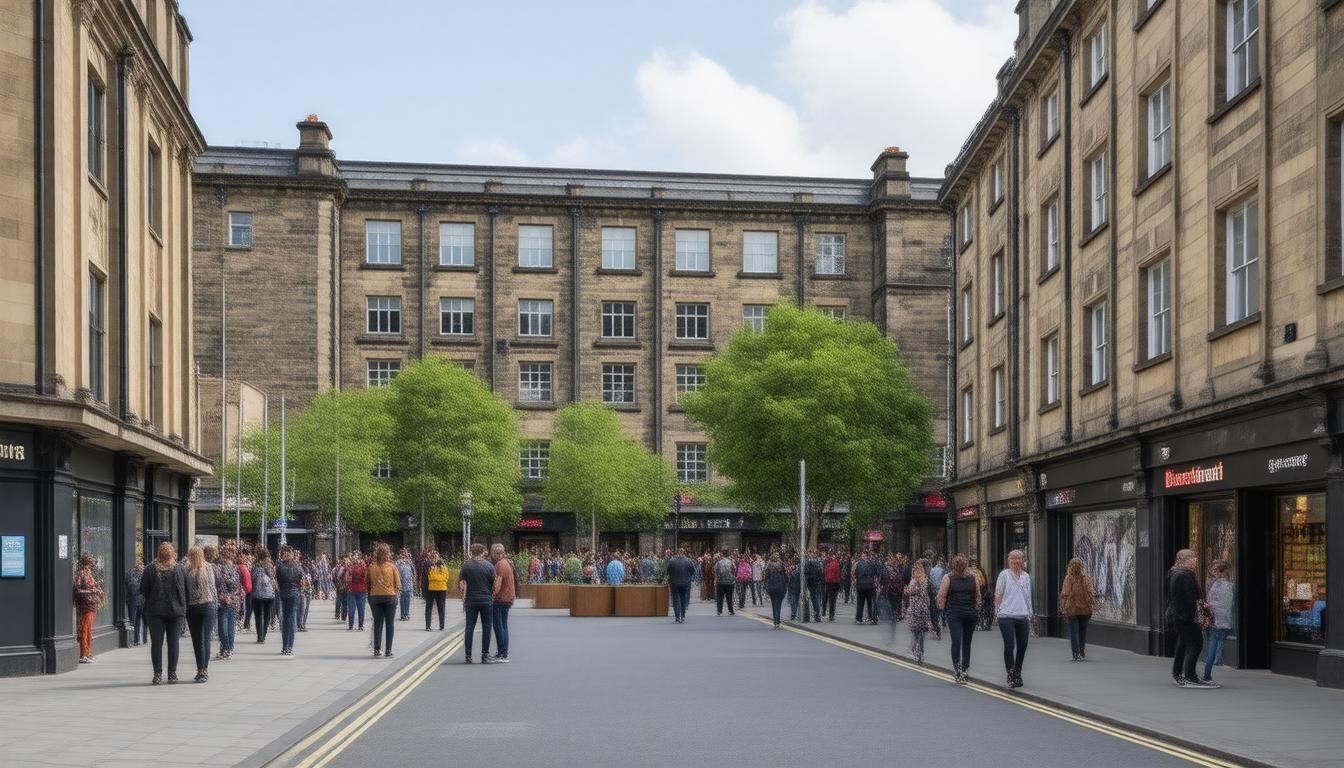The proposal to convert an empty office building on Godwin Street in Bradford into 38 compact ‘bedsits’ has ignited a heated debate within the community. Aimed at catering to the growing number of young professionals and students in the city, the initiative by developer Jmail Assets is presented as a necessary response to the current housing crisis. However, local concerns voiced by the Civic Society highlight the potential risks associated with an oversaturation of small living spaces, questioning whether these developments will enhance or detract from Bradford’s urban landscape. This article delves into the details of the proposal, the pressing need for affordable housing, and the mixed reactions from community stakeholders as Bradford positions itself in the evolving narrative around urban living.
Key Takeaways
- The conversion of an office building into compact bedsits aims to address the demand for affordable housing in Bradford.
- Local Civic Society warns that an oversaturation of small living spaces may harm the city’s vibrancy and appeal.
- The upcoming planning decision will be pivotal in determining the future balance between residential and commercial spaces in Bradford.
Background on the Compact Living Proposal in Bradford
In Bradford, plans are in motion to transform an empty office building located on Godwin Street into 38 compact ‘bedsits’, a move aimed at providing affordable housing options for young professionals and students. The developer, Jmail Assets, argues that the need for shared living arrangements is pressing due to the region’s housing demand, exacerbated by challenges in leasing the property for its intended commercial use. However, the project’s viability has been called into question by the local Civic Society, which describes the initiative as ‘risky’ and ‘alarming’. Chair of the Civic Society, Si Cunningham, voices concerns about the potential oversaturation of small living units, warning that it could adversely affect Bradford’s vibrancy and character. A decision on the planning application is imminent, expected next month, sparking debates about the future balance of residential versus commercial spaces in the city, and the overall adequacy of housing solutions available to its residents (Bradford Civic Society, 2024; Jmail Assets, 2024).
This reflects a broader trend in urban housing strategies, where cities are increasingly confronted with the dilemma of accommodating growing populations while maintaining their unique urban identities. Stakeholders in Bradford continue to seek a harmonious solution that adequately addresses housing needs without compromising the city’s core attributes.
Concerns and Perspectives from Local Stakeholders
As the discussion surrounding the Godwin Street development unfolds, local stakeholders are divided on the implications for Bradford’s urban landscape. Proponents of the redesign highlight the pressing need for affordable living spaces, particularly for the city’s youth, as rising costs often drive students and young professionals to seek more economical alternatives. Conversely, opponents, including community members and city planners, assert that allocating too much residential space could displace vital commercial activity, which is essential for sustaining the local economy. They argue that a balanced approach is crucial, promoting an environment that fosters both residential comfort and vibrant commerce. The upcoming planning decision is poised to serve as a litmus test for how Bradford will navigate its housing crisis while preserving the essence of what makes the city attractive to both residents and businesses (Bradford Civic Society, 2024; Jmail Assets, 2024).





